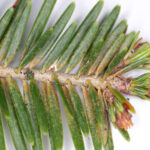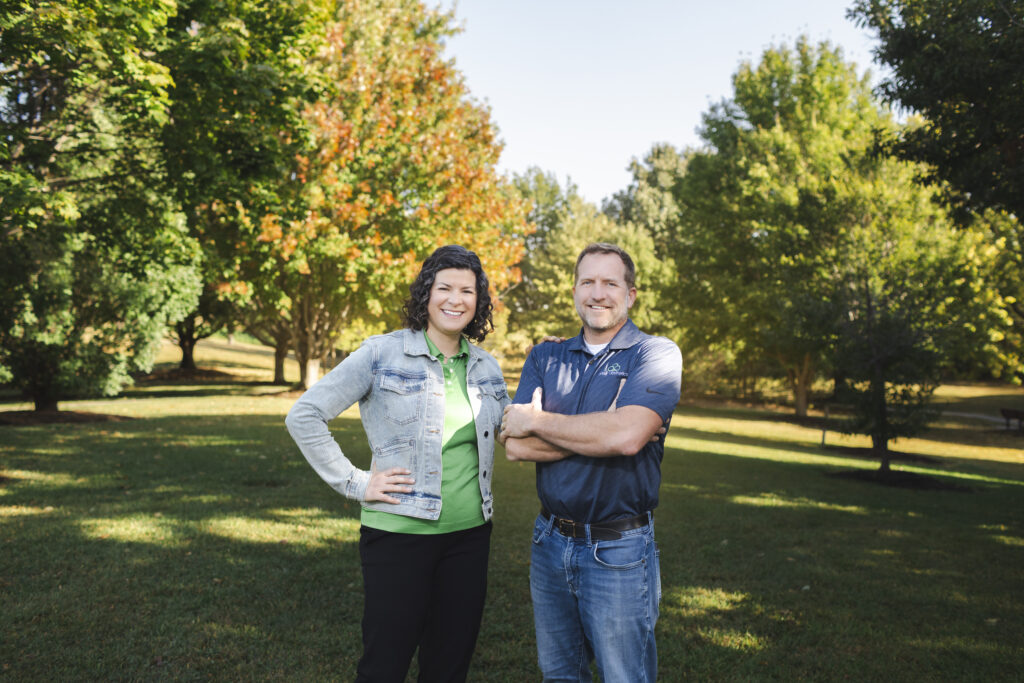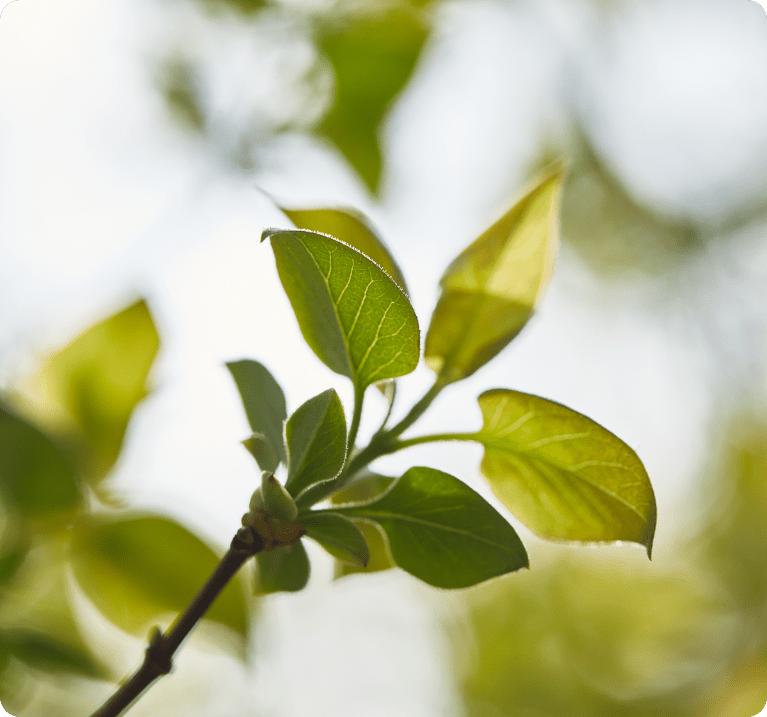Winter burn to plants can occur in winter when water is lost from the needles to the air. During the growing season, this water loss is replaced by water from the soil, but in the winter with frozen grounds, this isn’t possible, particularly with the decrease in winter precipitation we have seen in recent years. We see evergreens with needles turning brown on the margins, or in more serious cases, entire needles dying.
Because evergreens don’t just readily produce new needles quickly, this damage can disfigure, or even kill these plants.
Other risk factors that can contribute to or exacerbate winter burn:
- More exposure to winds
- Near roads (as there is also water loss from road salt)
- Close to the home. Buildings emanate heat, and on the sides of the plant closest to the building, this winter burn effect can be more extreme.
We offer anti-transpirant, or, “wilt proof” sprays. Applied once or twice a season, these sprays coat the evergreens in a waxy material that locks in moisture.


Species most susceptible to winter burn
Trees/shrubs at the highest risk include:
- Dwarf Alberta spruce
- Arborvitae
- Junipers
- Boxwoods
- Young redbuds
- Japanese maples
What you can do at home
Watering sensitive trees on warm (40 degree plus) days can help. If your hose is shut off due to freezing temperatures, a 5 gallon bucket with a small hole drilled near the bottom can help deliver water slowly and deeply to the root system. Just fill the bucket and let it drain near the tree.
Learn more about winter watering here or inquire about our deep root watering service.












